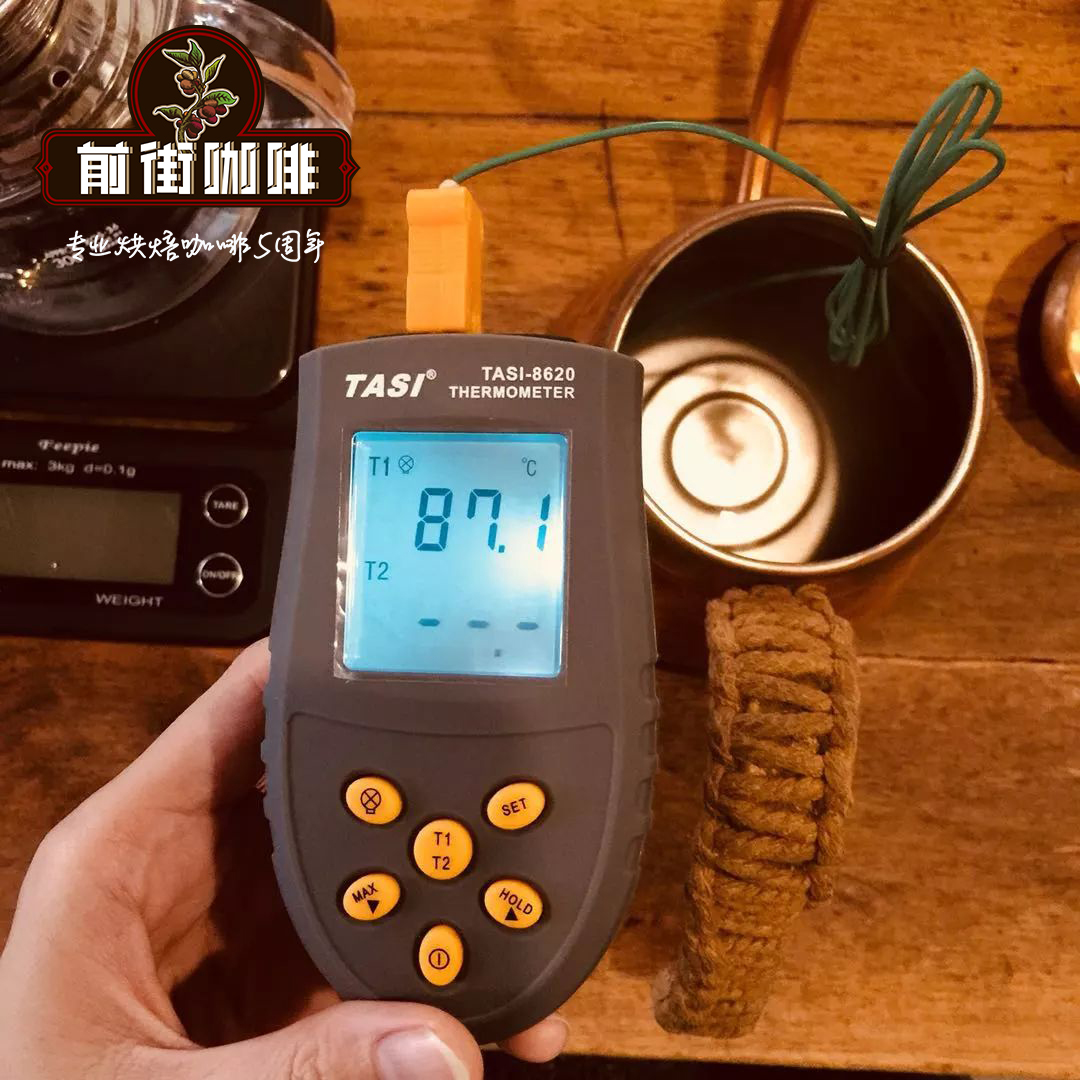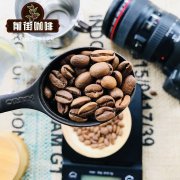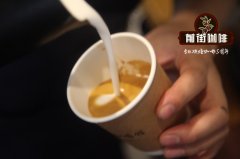Ethiopian coffee variety-Hara mocha coffee introduction Hara sun coffee beans how to drink?

Professional coffee knowledge exchange more coffee bean information please follow the coffee workshop (Wechat official account cafe_style)
Ethiopia is the country where coffee was first discovered. Today, there is still a lot of wild coffee picked and used by farmers in the virgin forest. Ethiopia is a country with poverty, drought and civil war. However, it is still the most important coffee producer in terms of coffee quality and output. Ethiopian coffee can be divided into two treatments. Natural washing treatment II. Natural sun treatment. Today, every cooperative or even a small coffee farm in Ethiopia produces coffee beans of the above two treatments at the same time, such as the well-known Yegashev or Sidamo province.
For coffee beans washed with water, the consistency of fragrance, temperature, softness and low-key flavor of citric acid is high, while the coffee beans of sunburn method have strong aroma, weak and inconspicuous citric acid flavor, complex and changeable flavor, and flower or fruit fragrance is good.
Ethiopia is currently the country with the fastest production and development of coffee. Different producing areas not only make coffee different in terms of treatment, but also make aroma and taste different due to different processing methods, which often give people the wrong impression. For example, the aroma of Yegashev's sun-dried beans is different from that of Sidamo's sun-dried beans. Yegashev's sun-dried beans have a higher moisture content, coffee beans account for the majority of small grains, the aroma is low and stable, and the taste is thicker. The strong strawberry aroma of the sun beans in Sidamo is impressive, but the taste is thin.
Harrar is the most important sun bean producing area in Ethiopia. Since the emergence of many amazing small estates in Sidamo in 2008, Harari beans seem to have disappeared in the coffee market, and people have lost confidence in Halamoka. Negative comments such as lack of aroma, lack of wild and changeable aroma, and lack of obvious characteristics have followed. However, after a while coffee fans will still miss their first lover with a low-key but fermented blueberry wine and unpredictable aroma.
Hara sun-dried beans are long rice-shaped, with different sizes, colors and moisture content, and some lack corners and irregular beans, which is the source of Hara's strong, strange and complex flavor.
Ethiopian coffee area
Most of the wet-treated coffee on the market comes from Sidamo, H é rr Coffee, Kaffa, and the unique combination of these regions gives Ethiopia an irreplaceable flavor. However, most people may not be able to figure out the differences between products when buying coffee, on the grounds that products will only be labeled as Ethiopian native species. In fact, it represents the rare combination of SL28, SL38, Catuai, Geisha and Typica. The reason why Ethiopian farmers do not specify the name of the variety is to prevent the loss of varieties overseas, just as Rosa coffee was carried forward by Panamanians. Of course, they may not be able to identify the varieties planted because their production is too extensive.
END
Important Notice :
前街咖啡 FrontStreet Coffee has moved to new addredd:
FrontStreet Coffee Address: 315,Donghua East Road,GuangZhou
Tel:020 38364473
- Prev

Ethiopian Harald Coffee Legend introduction to Ethiopia's well-known coffee brand coffee beans
Professional coffee knowledge exchange more coffee bean information Please follow the coffee workshop (Wechat official account cafe_style) in the past 20 years, Harald is just a faded memory, a legend, an imprint that may not be able to be reproduced. Once upon a time, the unique blueberry flavor of Harald in Ethiopia made other coffee look good.
- Next

Rwanda coffee bean flavor taste aroma description what are the characteristics of Rwanda coffee beans?
Professional coffee knowledge exchange more coffee bean information please follow the coffee workshop (Wechat official account cafe_style) Rwanda (Rwanda) coffee varieties, more than 95% are Arabica Bourbon, a small number are Catuai and Kaddura (Caturra). The planting height is between 1200 and 1800 meters above sea level. The flowering period is from September to October every year
Related
- Does Rose Summer choose Blue, Green or Red? Detailed explanation of Rose Summer Coffee plots and Classification in Panamanian Jade Manor
- What is the difference between the origin, producing area, processing plant, cooperative and manor of coffee beans?
- How fine does the espresso powder fit? how to grind the espresso?
- Sca coffee roasting degree color card coffee roasting degree 8 roasting color values what do you mean?
- The practice of lattes: how to make lattes at home
- Introduction to Indonesian Fine Coffee beans-- Java Coffee producing area of Indonesian Arabica Coffee
- How much will the flavor of light and medium roasted rose summer be expressed? What baking level is rose summer suitable for?
- Introduction to the characteristics of washing, sun-drying or wet-planing coffee commonly used in Mantenin, Indonesia
- Price characteristics of Arabica Coffee Bean Starbucks introduction to Manning Coffee Bean Taste producing area Variety Manor
- What is the authentic Yega flavor? What are the flavor characteristics of the really excellent Yejasuffi coffee beans?

